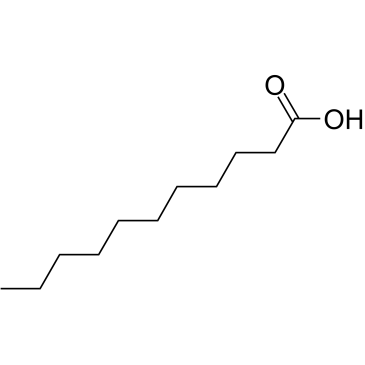| Structure | Name/CAS No. | Articles |
|---|---|---|
 |
2-Aminoethanethiol
CAS:60-23-1 |
|
 |
Undecanoic acid
CAS:112-37-8 |